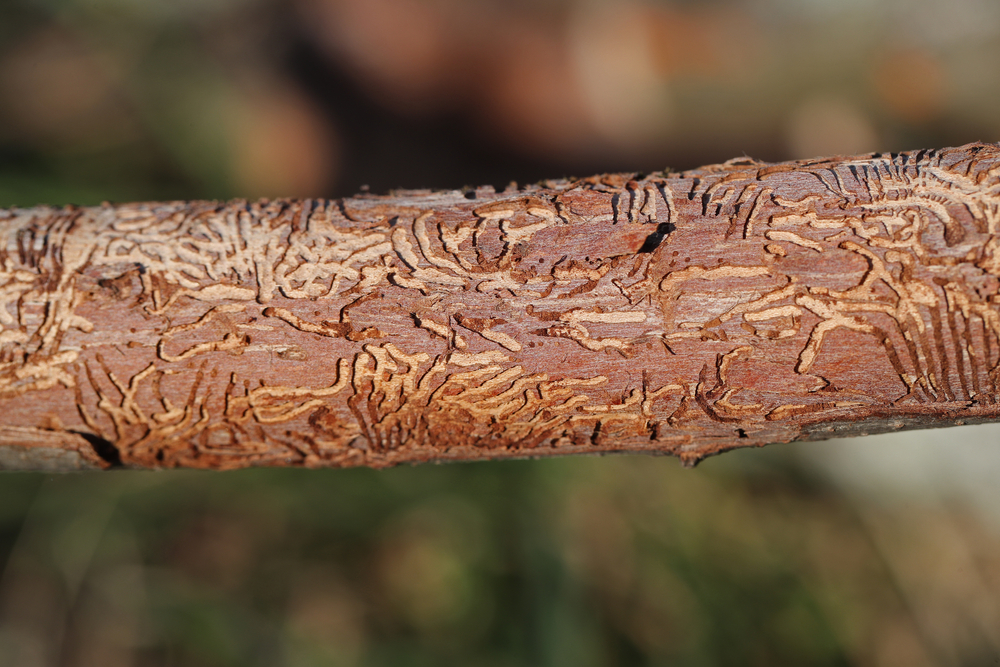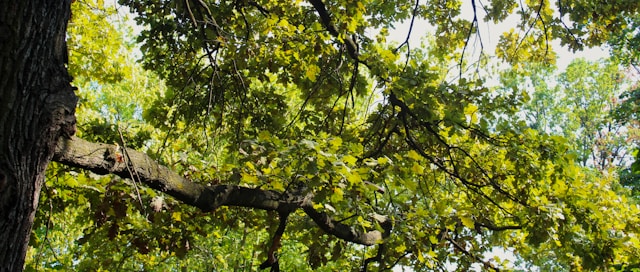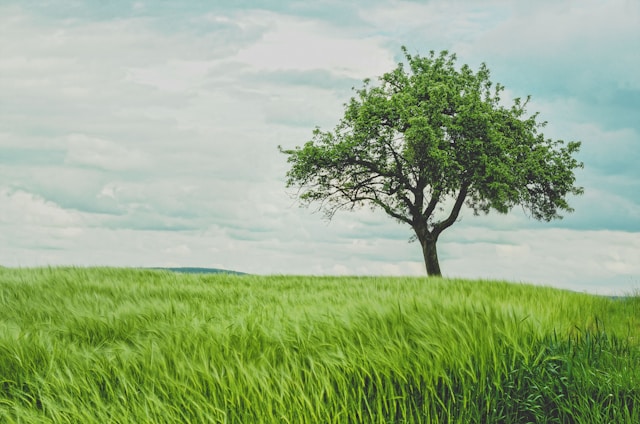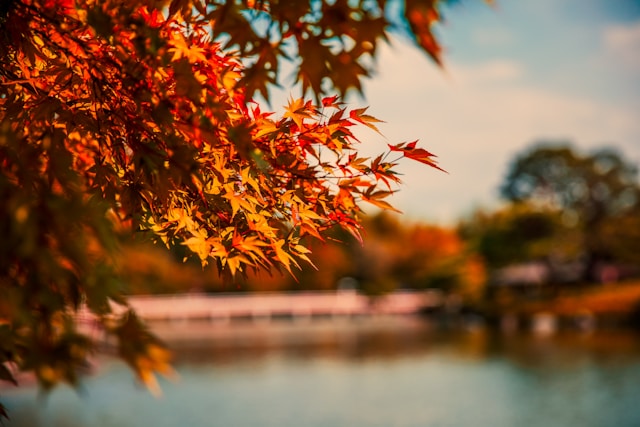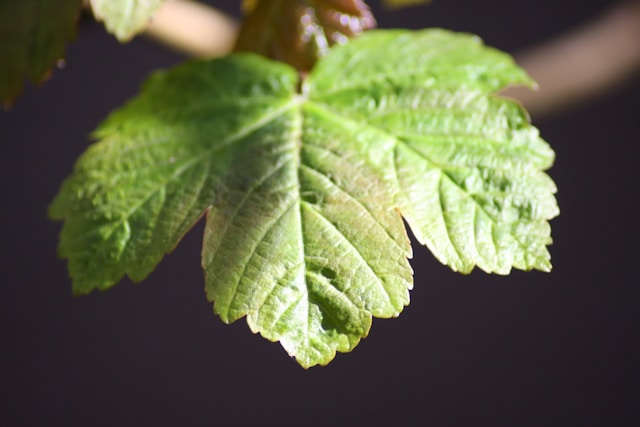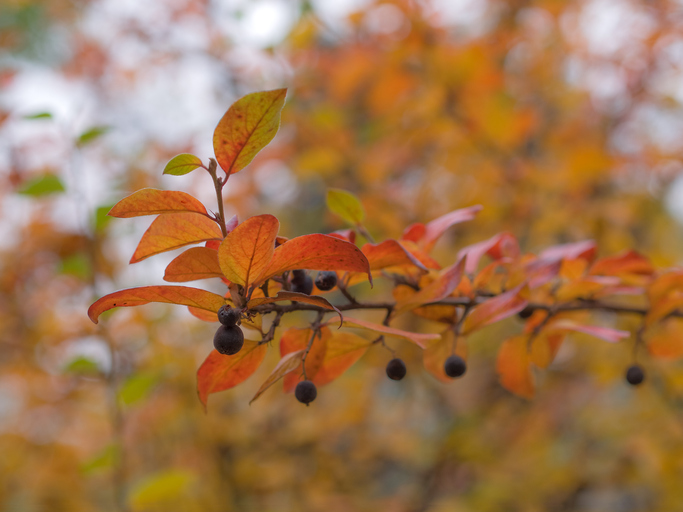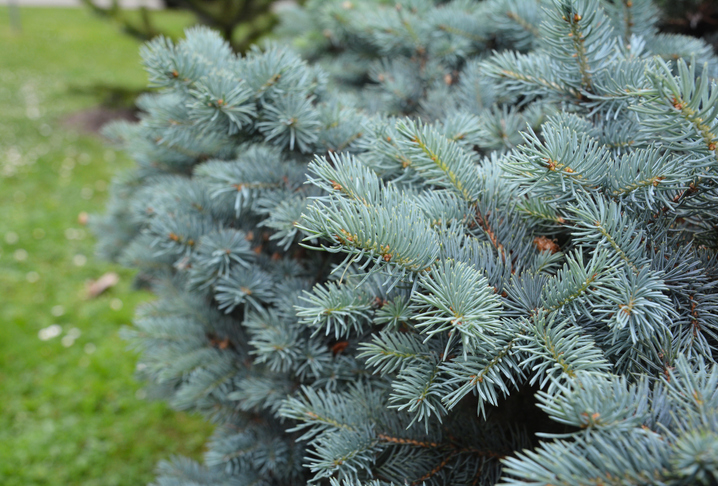Trees come in all shapes and sizes, with unique characteristics that set them apart from the rest. The Hot Wings® Tatarian Maple is no exception. In fact, it’s quite the show-stopper. Read further to learn about what makes this tree so special, and how to spot one in Denver. With a name like that, it’s sure to be spicy. They are available in a single stem or a clump variety.
What Does a Hot Wings® Tatarian Maple Look Like?
Hot Wings® Tatarian Maple trees are small, ornamental trees that are perfect for home landscaping. They have light brown bark and slender branches that form a lovely oval canopy. In the springtime, small greenish white flowers appear, but they are soon forgotten by July. In midsummer, samaras — or whirlybirds — appear in a vibrant red explosion of color, contrasting magnificently with the green leaves. This peppery red performance lasts for around six weeks, giving way to yellow, orange, and red foliage for fall.
Where Does it Grow?
Hot Wings® Tatarian Maple trees have a tenacity that allows them to grow in a variety of soil conditions and elevations. They can be found in hardiness zones 4 through 10, at elevations up to 7,000 feet, making them a popular choice for home landscapes throughout the Denver area. They’re also extremely cold hardy trees, withstanding temperatures as low as -40° F.
How Big Does it Get?
These spicy trees are small, but they pack a mighty punch. Typically, a Hot Wings® Tatarian Maple tree will grow to around 20 feet tall with a spread of about 18 feet. They’re perfect additions to home landscapes, and because of their short stature and loud display of color, they’re often used to line streets under power lines.
What Does it Need to Grow?
While they’re young, it’s best to prune the branches of your Hot Wings® Tatarian Maple tree, so the canopy makes a lovely oval as it matures. Beyond occasional pruning and occasional watering, these trees are happy to grow with very little maintenance. They’re hardy and strong, and can thrive in a variety of conditions.
What Type of Soil Does it Need?
Although they prefer moderate to dry soil, Hot Wings® Tatarian Maple trees aren’t particular about the type of soil for growth. They can thrive in clay, loam, or sandy soils, and are very tolerant of alkaline soils in Denver.
How Much Light Does it Need?
They’re best planted in full sun or part shade, and the more sun they receive, the brighter the bursts of color will be in July. Hot Wings® Tatarian Maple trees have thick foliage that filters sunlight, making them the perfect shade tree in home landscapes.
Are Hot Wings® Tatarian Maple Trees Native to Colorado?
Hot Wings® Tatarian Maple trees are not native to Colorado. They originated in Southeast Europe and Southwest Asia, and were later discovered in the U.S. It is believed that they were brought overseas during the 1900s when the U.S. Department of Agriculture was embarking on a world-wide plant exploration project.
Interesting Facts
- Hot Wings® Tatarian Maple trees first started appearing in Colorado nurseries in the 1980s. They’re relatively new to our state.
- They were first cultivated by the Tatars of Russia, giving them their unique name. The United States added “Hot Wings®” to the title.
- The first Hot Wings® Tatarian Maple tree was discovered at the Fort Collins Wholesale Nursery in 1993. An employee said it reminded him of Christmas in July, and the tree was closely observed, named, and patented.
- The samaras, (or whirlybirds, or helicopters) are edible, and many birds feast on them throughout the summer months. Humans could, in theory, eat them, but they won’t taste like hot wings, and the flavor likely isn’t improved with a side of blue cheese.
If you’d like to learn more about the Hot Wings® Tatarian Maple, contact us today.



